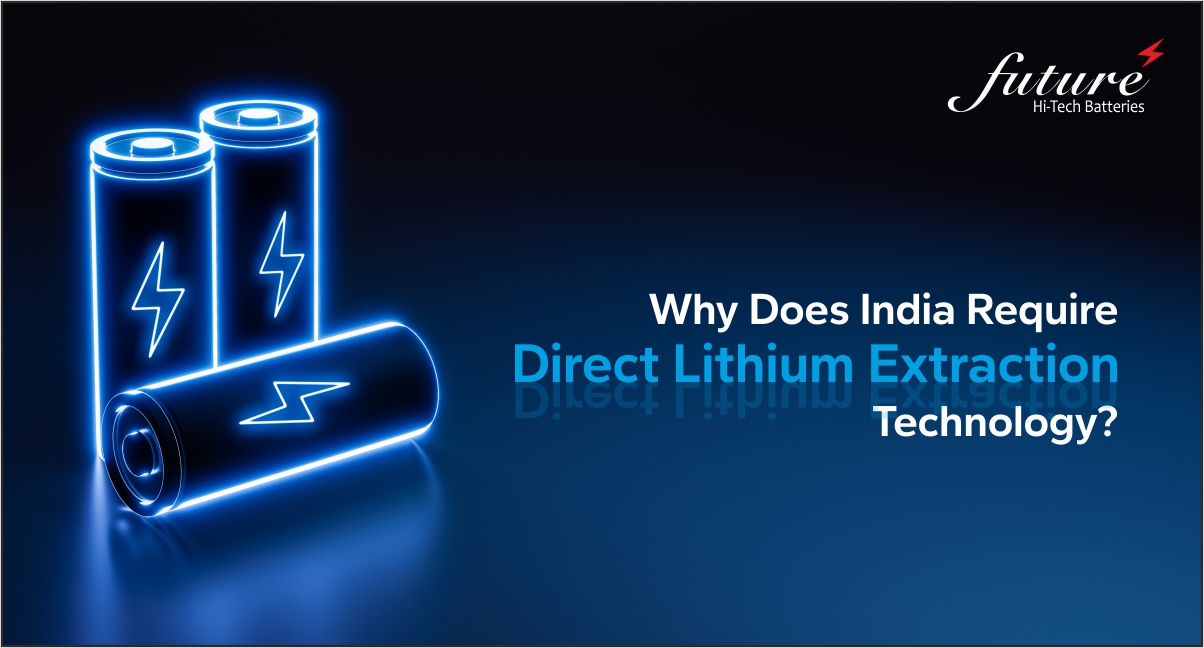India is moving fast towards a more EV-positive future. And while this is great news for the lithium-ion industry – it requires the smooth functioning of lifecycles from the availability of resources to its use in manufacturing. As per a report by the Business as Usual (BAU) scenario, the yearly Li-ion battery demand is anticipated to increase at a CAGR of 41%, reaching 142 GWh, between 2021 and 2030. These lithium-ion batteries can provide a reliable energy source for several applications, including home use; automotive applications; and industrial applications. The downside of lithium is that it is not readily available in nature. And thus, import from foreign nations like China, which controls a startling 85% of the global Li-ion battery raw material capacity, is necessary.

Lorem ipsum dolor sit amet, nec in adipiscing purus luctus, urna pellentesque fringilla vel, non sed arcu integer, mauris ullamcorper ante ut non torquent.
The availability of lithium-ion batteries and related infrastructure can vary depending on the specific context. Here are a few possible factors that may have influenced the perception of the scarcity of lithium-ion technology in India. Reasons can range from limited domestic production, fluctuation in demand for lithium-ion batteries, supply challenges, and the domestic production of batteries.
The possible solution to this? The Direct Lithium Extraction (DLE) is a proven technology in China and South America that allows the extraction of lithium from the brine, without the need for evaporation. This does not allow the depletion of the aquifer – which otherwise harms the local environment.
Extraction Techniques
At present, traditional lithium extraction happens through a process known as leaching. This method involves soaking lithium-containing materials in water and using chemicals to extract the lithium from the material. This method is not only expensive, but it could also lead to environmental contamination.
To address these issues, companies in mining lithium deposits are actively exploring new lithium extraction methods, including direct lithium extraction technology. This technology involves extracting lithium directly from the source material without chemical leaching.
Direct lithium extraction (DLE) technology is a process of extracting lithium ions directly from the surface of a mineral or brine deposit. This process involves an electrolytic cell that separates the ions from the ore or brine, allowing them to be collected and used in products. It uses a combination of selective leaching, solvent extraction, and ion exchange to selectively extract lithium from minerals with an average recovery rate of over 98%. It is a more cost-effective and environmentally friendly alternative to traditional methods.
The process also produces a much cleaner end product. Therefore, it can be a crucial part of India’s effort to reduce its import dependency by extracting and manufacturing its own lithium cells leaving a minimal carbon footprint. It is a cost-effective and environmentally friendly way to extract lithium, and it can help India become more energy independent. Additionally, the technology can help India’s economy by providing a source of domestically produced lithium, which can power the growing demand for energy.
Challenges to Adopting DLE Technology
DLE has been deployed on a few projects around the world. Scaling DLE techniques from lab to production is a challenge. Developing the necessary infrastructure for direct lithium technology is a challenge for India, as it requires significant investment in time, money, and resources. DLE technology requires expensive materials and sophisticated equipment, making it challenging to achieve cost-effectiveness. The lack of standardisation and regulation for lithium-based batteries may create difficulties in implementing DLE technology. Additionally, finding and training skilled personnel to operate and maintain direct lithium technology is another challenge for the country.
India should invest in research and development to develop and produce the necessary components and materials for the DLE technology system. The country should also establish partnerships with industry stakeholders to facilitate the successful deployment of DLE technology. This includes partnering with companies that are experienced in DLE research and development, and those that are familiar with the components and materials that are necessary for the system, only then will it successfully strive towards the successful realization of these vast natural resources.
The technology also has another environmental advantage by rejecting impurities such as magnesium, calcium, sulfate, borate, and transmission metals. To add to this, over 98% of the process water used by the plant is recycled using water control and recovery technology.
What are the benefits of DLE?
a) It increases the lithia recovery rate from brines
b) It reduces the use of freshwater during extraction
c) DLE has a lower carbon footprint than traditional extraction methods
d) DLE reduces the overall amount of time needed for the lithium extraction process.
But most of the junior miners testing DLE technologies are still far from large-scale commercial production. As a result, the commercial viability of most DLE technologies has yet to be proven.
The design of EVs is complex. Unlike traditional practices, the design of EVs is integrated with that of the battery and its components. The customizations on the battery end get only more complex with new features, swappable baptistery options, and connectivity requirements as in the case of autonomous cars. Notwithstanding all of the above, EVs also need an accelerated go-to-market approach to cater to the sustainability goals driven by organizations and nations across the world.










Your Comment Please